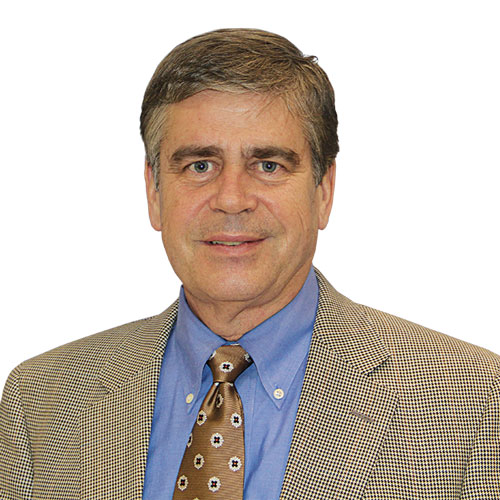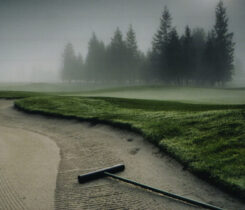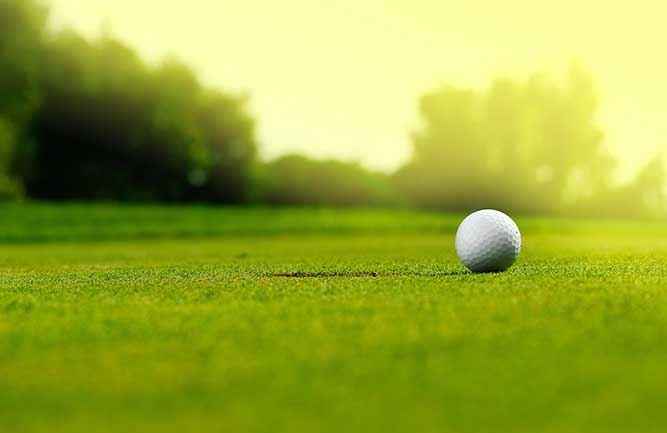Turf MD: A journey through my Wonderful World of Turf

Karl Danneberger, Ph.D.
The television series Shell’s Wonderful World of Golf premiered in 1961 and ran through 1970. I remember (barely) watching the early black-and-white episodes with my family before I had ever picked up a golf club. The series consisted of matches between professional golfers of the time on golf courses around the world. My first exposure to the world outside the United States was through those matches. Over the run of the show, the series filmed matches in Argentina, Brazil, Spain, Hong Kong, the Philippines, Ireland and Thailand, to name a few.
When I started my professional career in the golf course industry during the mid-1970s, the growth and focus of golf centered in the United States. Over the last 40 years, golf has grown globally. Countries during that time that were considered emerging markets became locations for golf and golf course growth. Promoting this growth is due — in a large part — to the popularity of professional golf events like the Ryder Cup, Presidents Cup and, recently, the recognition of golf as an Olympic sport.
Firsthand seat
Professionally, I have been fortunate during this period to see how golf courses and turf management have grown and evolved globally. Through educational, research and consulting efforts, I have taken part in my own “Wonderful World of Turf.”
My travel has been restricted the last few years in large part due to COVID-19. During this time, I took the opportunity to look back through my photographs from some of my international trips. Photographs have a particular way of triggering stories, memories and, in some cases, bring focus to specific management practices of agronomic principles
Fantastic voyage
I thought I would list a few agronomic principles or practices below triggered by a photograph(s).
- Not just cars. I took a picture of a Lamborghini tractor used at a nice golf course outside of Lisbon, Portugal. I usually think of a Lamborghini as an expensive, fast car with all the flash and glitter expected in a world of exotic cars. However, before the car, Lamborghini was known for its agricultural tractors, mundane machines that did basic work. That tractor represented to me that successful turfgrass management predicates on the basics, not the fancy stuff or “something really new.” Those things may help, but only if you incorporate the basic agronomic practices into your practice.
- Adaptation. Any picture of a golf course in the world. Whatever golf course I have been on, the first thing I look at is the turfgrass species on the tees, greens, fairways and rough. The climatic zone or region of adaptation dictates the type of turfgrass used.No matter where you are in the world, the basic rule of turfgrass selection is to use ones that are climatically and situationally adapted.
- Cultural controls. If I am speaking at a turfgrass conference or meeting, I often take a picture of those in attendance. The most recent photographs remind me of the presentations I’ve been asked to give in Europe or South America, etc., about how to maintain high-quality golf course turf. These pictures remind me that as mowing height decreases, cultural intensity increases. Although it is difficult to come up with a non-synthetic pesticide program, it is much more likely for higher-cut turf.
- Don’t overlook PPE. When I was in Hong Kong, I took a picture of a golf course spray crew loading chemicals into a spray tank. The photograph is a reminder of how critical proper crew protection, storage and disposal of chemicals is in environmentally safe pesticide use.
At this point, I have only been able to get through a few photographs, but I learned that no matter where you are in the world, the fundamentals of turfgrass management are the same. It is what makes sharing and exchanging ideas with international colleagues rewarding and valuable.












